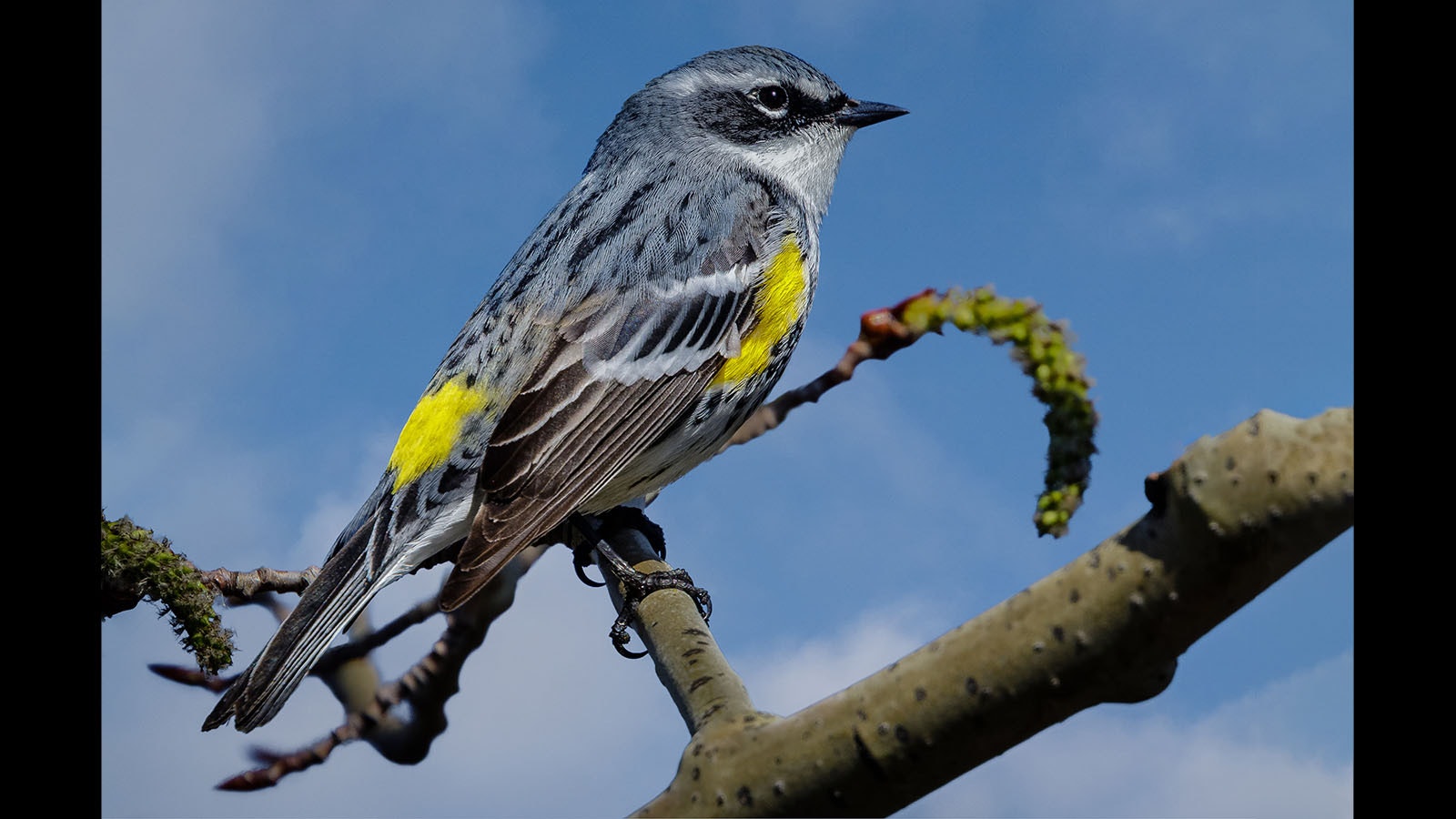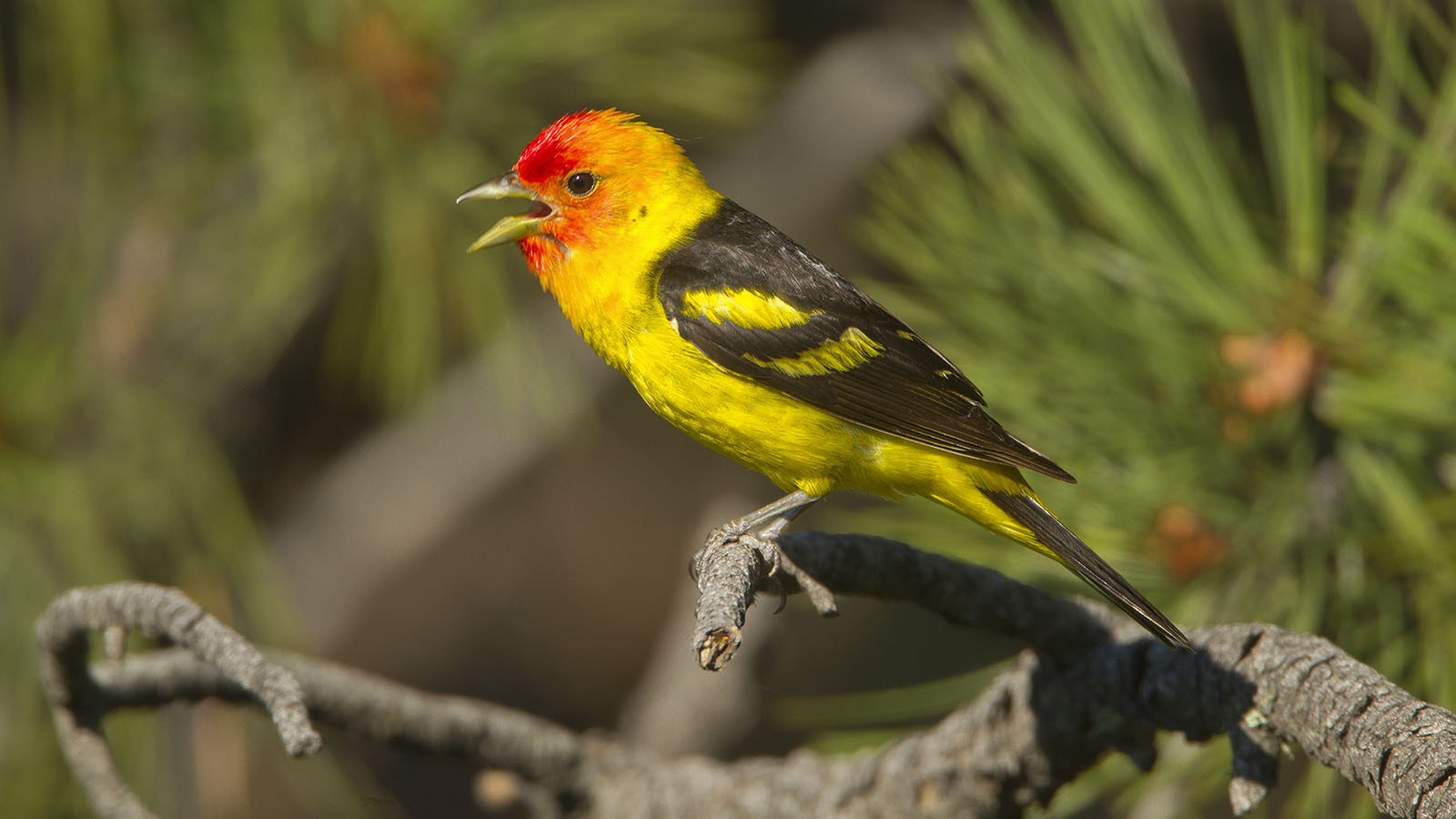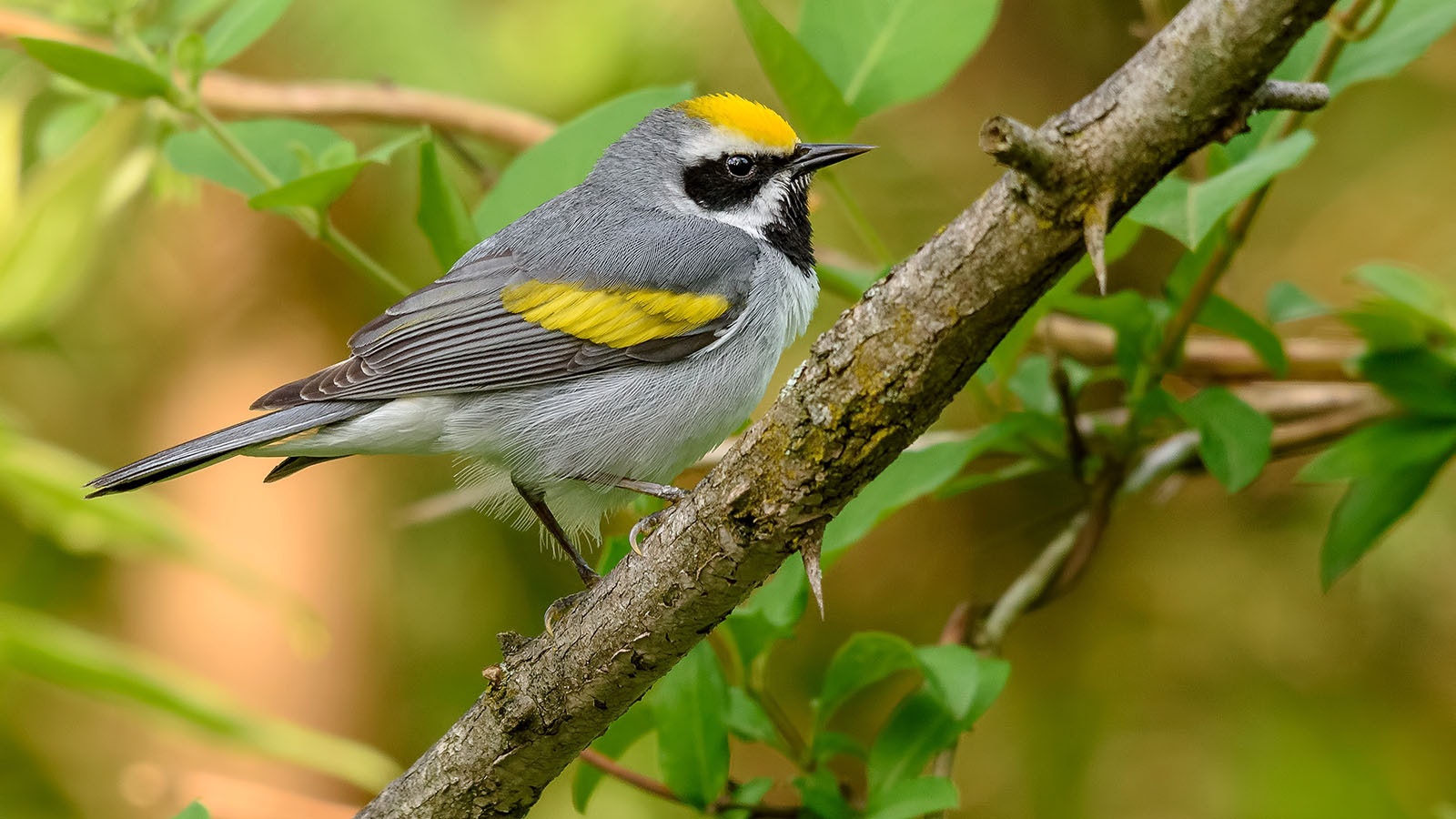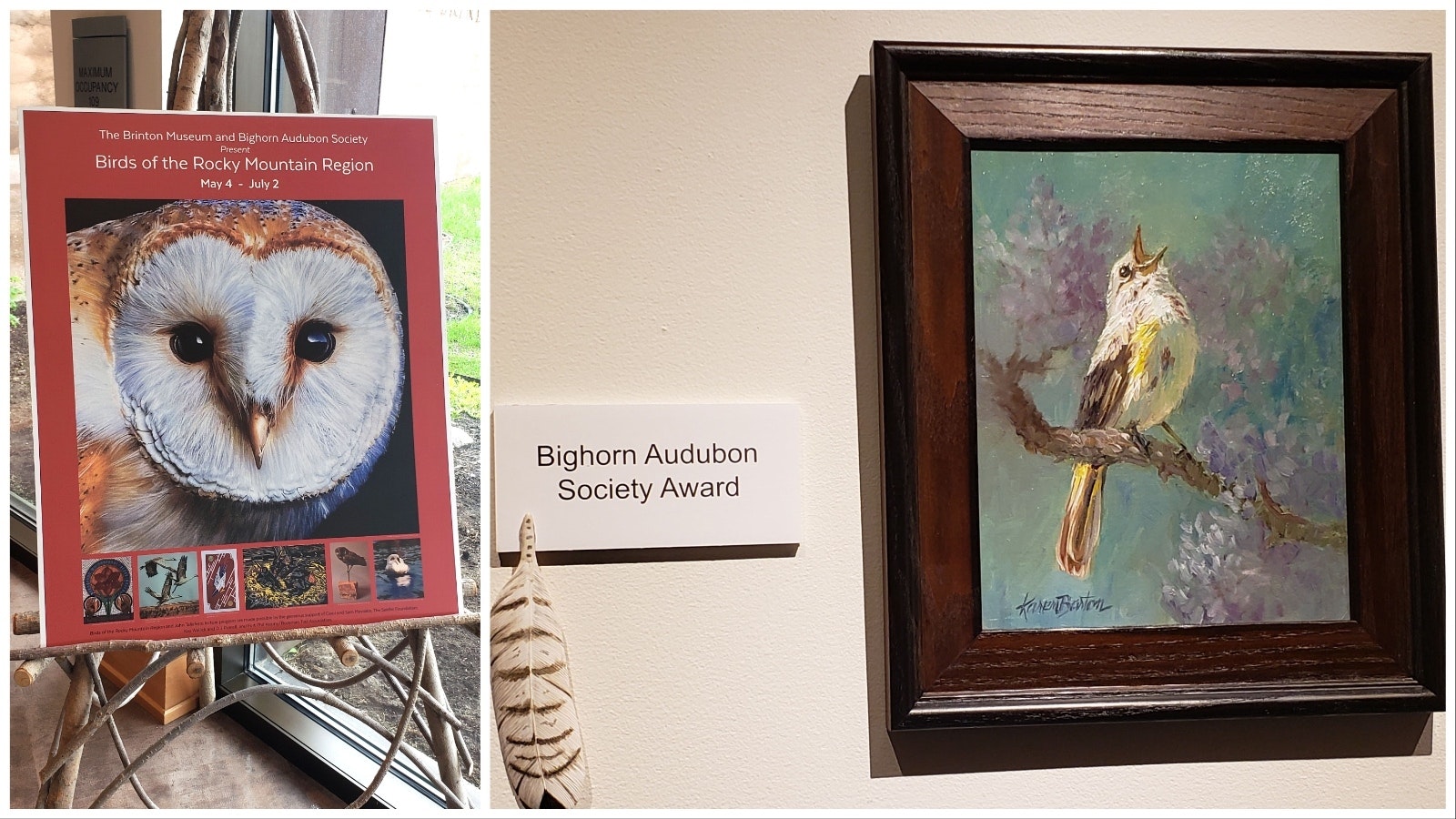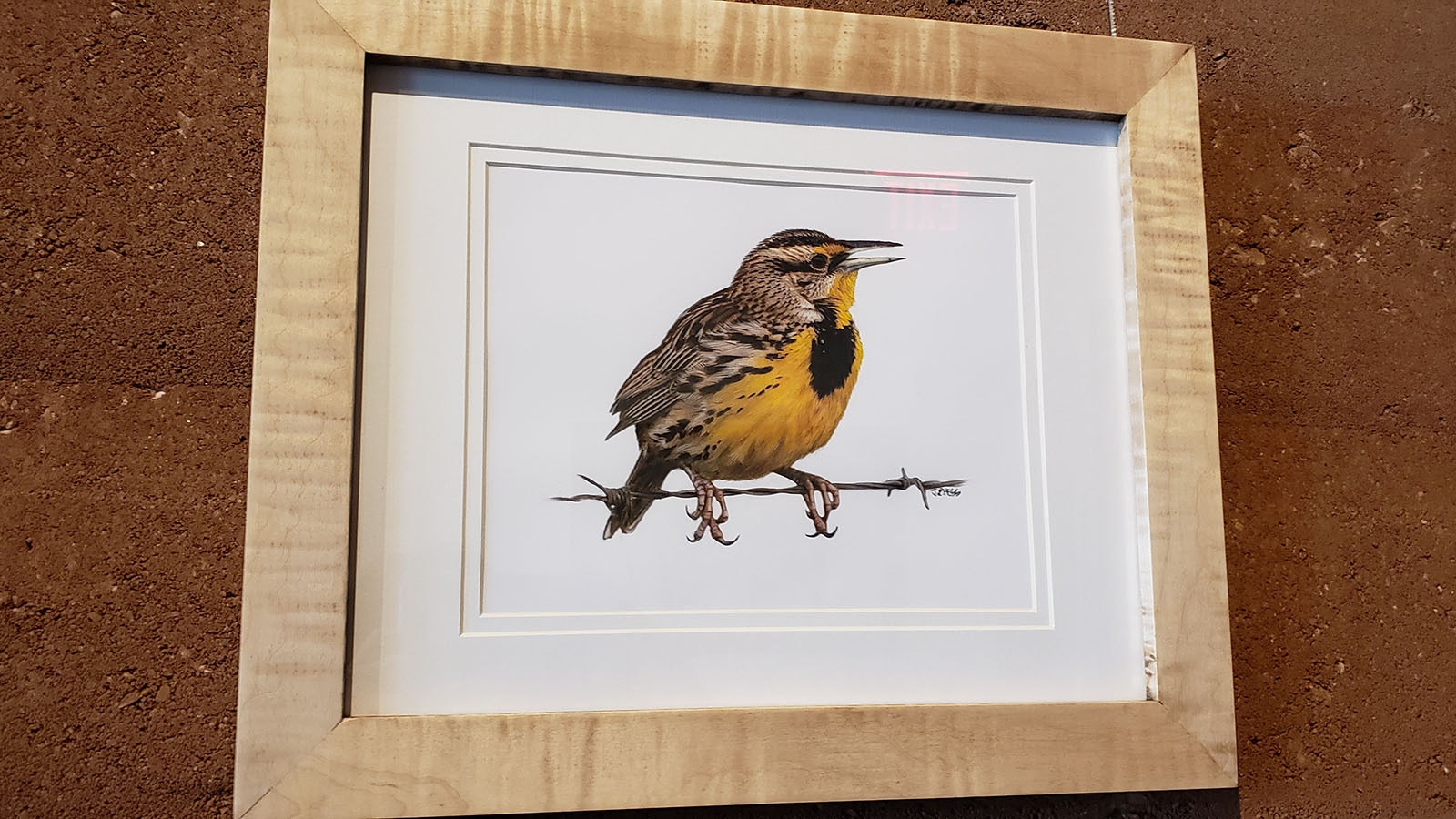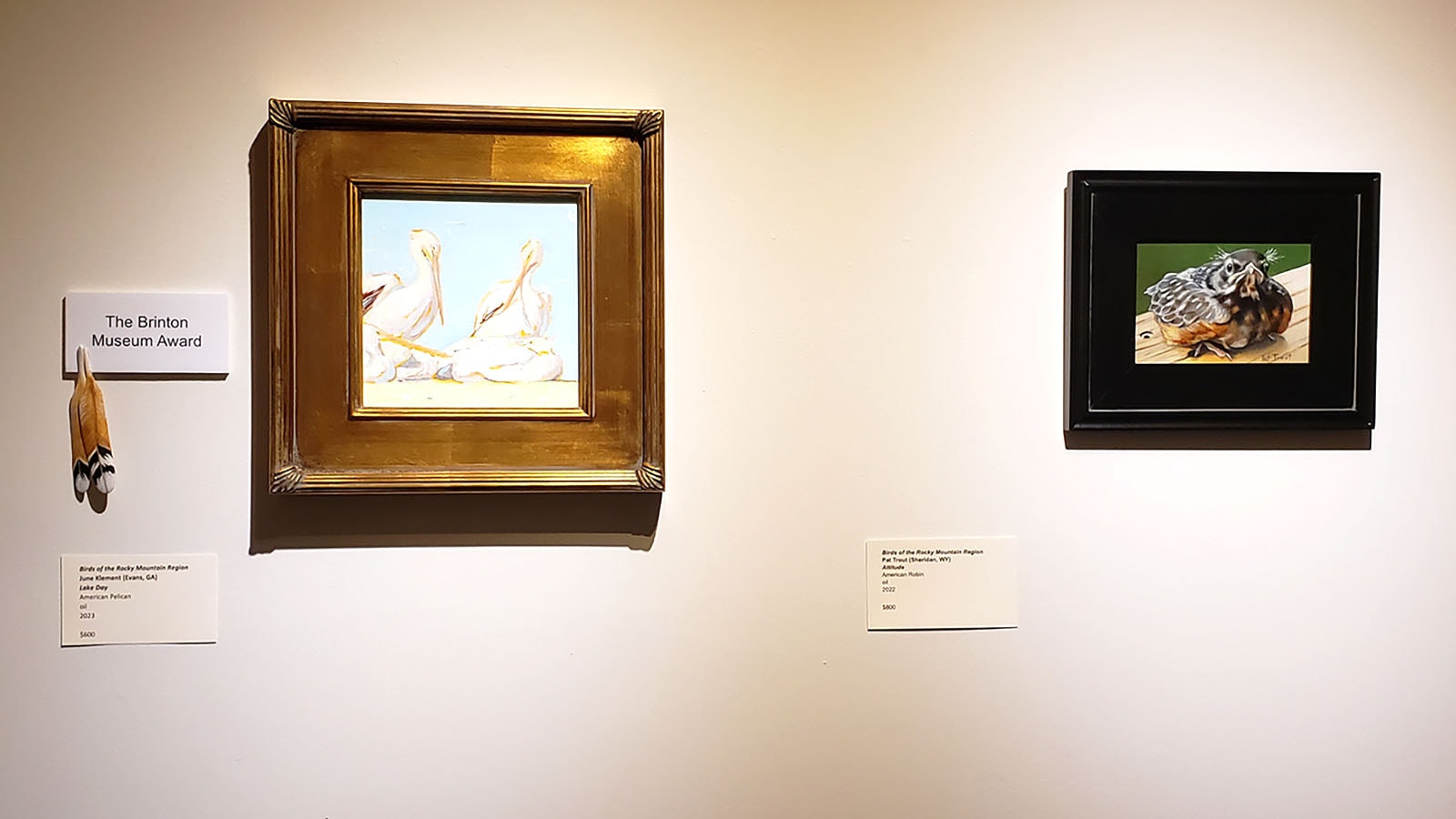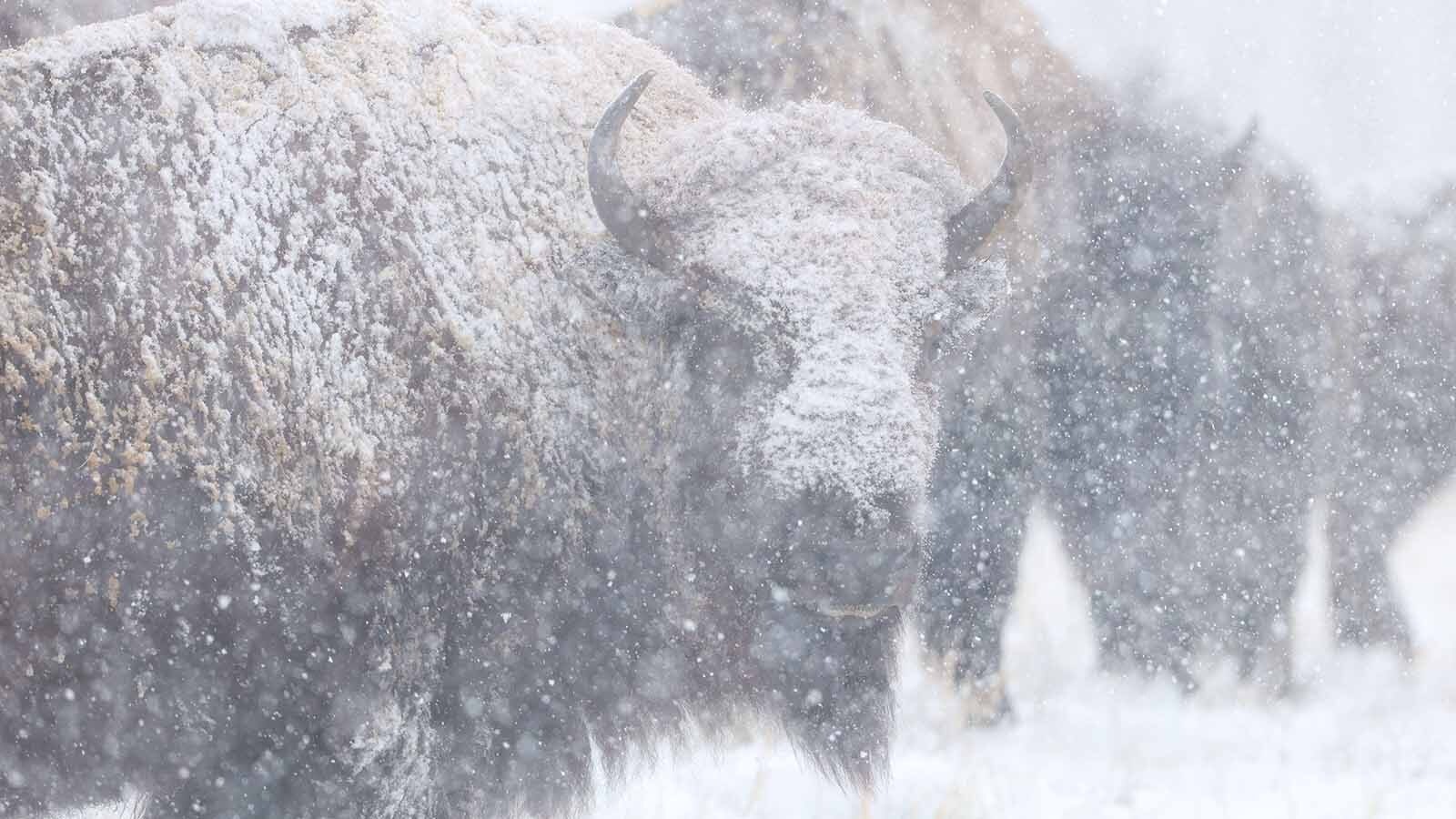The Bighorns are alive with music — birdsong that is, where you’ll find people like JoAnn Puckett parked along Wagon Box Road just listening to all the competing chorus lines.
“That is where the bobolinks are,” she told Cowboy State Daily. “And then (Wagon Box Road) goes along little Piney Creek and it’s, you know, a gravel road, not well traveled. So, you can just sit there. There’s a few places along the creek where you can just pull over and listen to all these birds.”
Redstarts. Western tanagers. Yellow-rumped warblers. And the list is just getting started.
Don’t ask her which is her favorite. For Puckett, who is president of the Bighorn Audubon Society, the list is more than a hundred birds long.
“It just depends on which one I’m thinking about,” she said.
Atop the list now would be bobolinks.
“Did you know they travel 12,500 miles round trip?” she asked Cowboy State Daily.
And the mountain bluebirds are high on the list as well.
“I love them,” she said. “They’re one of the first species to arrive around this area. They start showing up like mid-March.”
Puckett is part of a cadre of volunteers maintaining more than 200 bluebird boxes in the Bighorn Mountains.
“We’ve been doing that for a number of years,” she said.
Best Time For Birds Is Now
Now is the best time to go out and listen to the birds in the Bighorns, Puckett told Cowboy State Daily, and that’s true of generally anywhere in the Cowboy State.
“They’re just singing along right now,” she said, admitting that May through early June is really her favorite time of year. “They’ll be quiet once they start, you know, building their nests, but right now they’re finding their mates.”
Not only are the birds singing in the Bighorns, but there’s a killer wildflower bloom underway, thanks to all the extra moisture the Bighorn Mountains received this year from snows and rain.
“We do a wildflower walk at the Wagon Box site, and it is gorgeous there,” Puckett said. “The hummingbirds are loving it, and the broad-tail hummingbirds are just buzzing over your head all the time.”
Fall migrations are interesting too, Puckett said, but spring just has more abundance.
The Bighorn Audubon Society’s annual bird count numbers were down year over year this spring, Puckett said. But she thinks that many birds may have simply been delayed getting to the area.
“We had 154 species,” she said. “That’s low, but it was raining all day, and it was cold and windy.”
Just a few days ago, she noticed warblers started showing up in numbers, as well as other species like Western tanagers.
“There weren’t that many (Western tanagers) out this year, but just yesterday I saw six on a 3- or 4-mile stretch,” she said. “I think we seem to actually have more this year, but they were just late getting up here.”
E-bird, which tracks bird sightings, shows 42 birding hotspots now in Johnson County and 36 in Sheridan, Puckett added. That mobile app will work for any area in the Cowboy State.
“It’s an incredible tool for people who are coming to the area and want to see where the different bird hotspots are,” she said.
Southeast Wyoming Birds Are Hopping Too
In southeast Wyoming, meanwhile, the Audubon Society identified 125 species during its recent bird count.
“We were missing a lot of really cool shorebirds because the water level on the lakes are so high,” Cheyenne High Plains Audubon Society’s Grant Frost told Cowboy State Daily. “They were gone somewhere else to try and find what they need.”
A couple of highly unusual birds were sighted during the count, like the summer tanager, which is normally found more south and east of Cheyenne.
“We had a number of different warblers that we usually don’t see,” Frost said. “We’re not sure exactly why that is, but there tends to be events from the southeast that will, you know, get birds pushed around a little bit.”
The extra water that has fallen in the southeast region could be attracting birds outside the normal range, Frost suggested.
“You know, sometimes (birds) will look for areas that are better, and obviously we’re very green this year,” he said. “I think this year we’re going to see some stuff that we haven’t for a few years just because it’s so lush and everything. That’s always cool.”
Plenty of the usual standbys are returning to the Cowboy State, though Frost added, and they’re a welcome sight, too.
“The flycatchers are coming back, of course, and they, — warblers and flycatchers — all depend pretty much on flying insects,” he said. “They come when the weather’s warmed up and the insects are getting active during the day.”
Frost’s favorite bird, however, is the Western meadowlark.
“I love to hear them. They’re always so cheerful to me,” he said. “So, I like our state bird.”
Lander Has Birds Everywhere
Eda Crane in Lander is also seeing a few unusual characters show up in her yard and in Grand Sinks Canyon.
“We recently had a golden-winged warbler,” she told Cowboy State Daily. “That’s not a regular sighting.”
The cheery rose-breasted grosbeaks and catbirds, though, are more usual, as are the pair of tree swallows that fly around her house.
“They’re just really fun to watch,” Crane said. “That’s not a particularly uncommon bird, but they’re so fun to watch.”
The cranes are still hanging around, she added, and those she often hears of the morning.
“We didn’t used to, but we seem to be getting them more and more,” she said. “I also have lark sparrows, meadowlarks and mountain bluebirds, and of course the vesper sparrow.”
Sinks Canyon, meanwhile offers a range of birds, like chipping sparrows, nuthatches and Audubon’s warbler, as well as that unusual golden-winged warbler Crane went out to see.
She’s also heard the Wilson snipe now and then.
“They make this ‘whooo whooo whooo’ sound and they go ‘icka icka icka.’ That’s kind of nice to hear,” she said.
Habitats Always In Flux
Frost and Puckett have both noticed changes in habitat and bird populations year after year as birds return to the Cowboy State.
“One of the ones that we have around here consistently now, but might not have had like 20 years ago, would be the great tail grackle,” Frost said. “It’s got an extremely long tail, and they like to hang around marshy areas and cattails. They’ve actually been expanding their range over the last few decades.”
Last year in the Bighorns, meanwhile, Puckett noticed that fires south of her area seemed to change the behaviors of her birds.
“They have to go where the food is,” she said. “So, we seem to have more birds this year, but they were late getting here.”
But many of the usual patterns are also on display, Frost added. He’s seen plenty of transitory migrants, like the yellow warblers and white-crowned sparrows, headed to their summer home in the Snowy Range.
“That’s where they’ll breed,” he said. “So, we get to see them first, but they have them for more of the year than we do.”

Where To See Birds in Southeast Wyoming
There are several places that offer good bird watching spots in southeastern Wyoming, including Curt Gowdy State Park, Springer Reservoir and Table Mountain Management Area, Frost said.
In the Laramie area, there are a number of reservoirs, some with public access, as well as mountains that offer a different set of birds than plains areas do. Around the Guernsey Reservoir and the Glendo area, junipers and pinyon areas kick in, attracting a different set of birds as well.
The diversity of landscape and habitats helps attract around 466 species to the Cowboy State, but Frost suggested water limitations probably keep that total from being as high as it could be.
“I think we probably have more species coming through than we realize, though,” Frost said. “Wyoming is, I call it, very ‘underbirded.’”
Not only are the number of bird watchers limited, he suggested, but there are many inaccessible areas, where no one is really recording what birds live there.
That makes birding one of the Cowboy State’s great adventures for Frost and other bird watchers. There’s always the chance of spotting something new.
Contact Renée Jean at Renee@CowboyStateDaily.com


